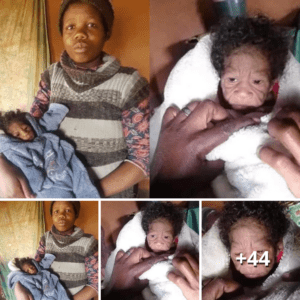Fibrous dysplasia is a rare bone disorder that affects a small percentage of the population. Despite its rarity, it can have significant implications for those who are diagnosed with it. In this article, we will demystify fibrous dysplasia, providing valuable insights into its causes, symptoms, diagnosis, and treatment options.

What is Fibrous Dysplasia?
Fibrous dysplasia is a non-cancerous bone disorder characterized by the abnormal growth of fibrous tissue within bones. This growth replaces normal bone tissue, weakening the affected bone and making it prone to fractures. While it can occur in any bone, it most commonly affects the long bones and the skull.
Understanding the Causes:
The exact cause of fibrous dysplasia is not fully understood. It typically arises from a genetic mutation that occurs during early development. These mutations lead to an overproduction of fibrous tissue within the bone, resulting in the characteristic abnormalities seen in fibrous dysplasia.

Recognizing Symptoms:
Symptoms of fibrous dysplasia can vary depending on the location and extent of the bone involvement. Common symptoms include:
Bone pain or discomfort
Deformities in bones
Increased susceptibility to fractures
Limited range of motion in affected joints
Skin discoloration overlying affected bones (in some cases)

Diagnosis and Evaluation:
Diagnosing fibrous dysplasia often involves a combination of clinical evaluation, imaging studies, and sometimes genetic testing. X-rays, CT scans, and MRI scans can reveal the characteristic bone lesions associated with fibrous dysplasia. In some cases, a biopsy may be performed to confirm the diagnosis.
Treatment Options:
The management of fibrous dysplasia depends on various factors, including the location and severity of the condition, as well as the individual’s overall health. Treatment options may include:
Observation: In mild cases, monitoring the condition’s progression may be sufficient.
Medications: Bisphosphonates may be prescribed to help strengthen bones and reduce pain.
Surgical Intervention: Surgery may be necessary to correct deformities, stabilize fractures, or remove abnormal bone tissue.
Supportive Care: Physical therapy and pain management strategies can improve quality of life for individuals with fibrous dysplasia.

Living with Fibrous Dysplasia:
Coping with a rare bone disorder like fibrous dysplasia can be challenging, but with proper medical care and support, individuals can lead fulfilling lives. Support groups and patient organizations can provide valuable resources and a sense of community for those affected by the condition.
Conclusion:
Fibrous dysplasia, though rare, is a condition that warrants attention and understanding. By shedding light on this rare bone disorder, we hope to increase awareness and provide valuable information for individuals, families, and healthcare professionals. Early diagnosis and appropriate management can make a significant difference in the lives of those living with fibrous dysplasia.

